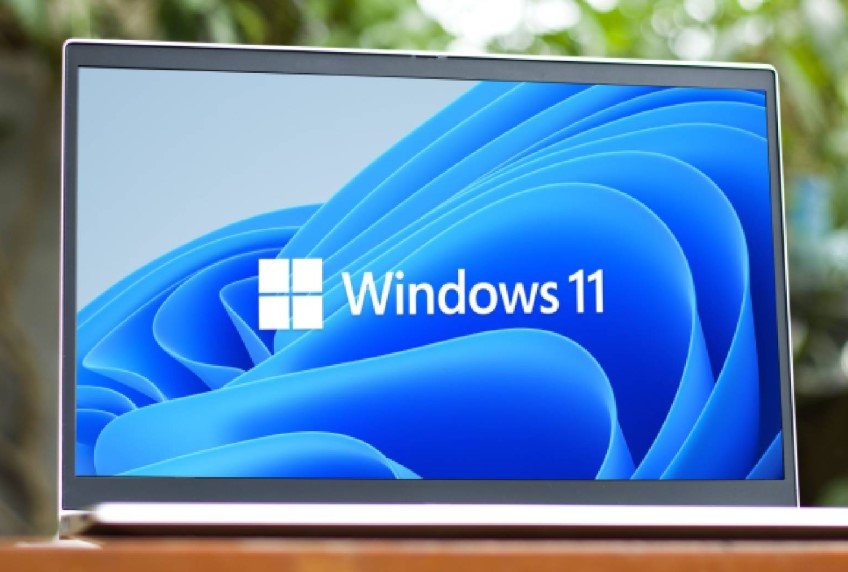Subtle messaging shift fuels questions about platform’s long-term dominance
Microsoft hasn’t made a formal announcement. But if you squint hard enough—and if you’re a tech columnist with a knack for digging—you’ll notice something a bit off. In a recent blog post about security updates and shiny new PCs, the company quietly dropped a detail that’s now setting off alarm bells: its count of Windows users might have shrunk. By quite a bit.
Once hailed as the backbone of over 1.4 billion monthly active devices, Windows is now described in Microsoft’s own language as powering “over a billion.” That’s a vague step back—and in the tech world, vagueness is rarely unintentional.
The number game Microsoft doesn’t want to explain
To most readers, “over a billion” sounds impressive enough. But those following Microsoft’s trajectory will remember that back in 2022, the company was proudly flaunting 1.4 billion users. That figure even grew year-on-year. Then came 2025, and suddenly, no update—just a watered-down generality.
Ed Bott, a veteran tech journalist writing for ZDNet, noticed the discrepancy first. His observation lit up niche corners of the internet, including Tom’s Hardware and XDA, as tech watchers began piecing together what this subtle change could mean.
One possibility? Microsoft has quietly lost up to 400,000 Windows users over the last three years.
Even if that number turns out to be imprecise, the shift in messaging has raised eyebrows.

So where are those users going?
Theories abound, but Microsoft isn’t saying much. The company’s silence leaves space for speculation, and people are filling in the blanks fast.
There’s the obvious culprit: Windows 10. Support for it is officially winding down, and users are being nudged—sometimes a bit too forcefully—toward Windows 11. But not everyone is eager to make the jump.
Some users are facing hardware limitations; others just don’t want to deal with the shift. That opens the door for alternatives, like macOS, ChromeOS or Linux. Yes, even Linux, which has long hovered on the fringes but is now experiencing a soft resurgence as lightweight distributions like Zorin and Linux Mint pick up tired Windows 10 machines.
• A sizable number of disenchanted users might also be opting for Apple’s iPads or iPhones as their primary computing tools, skipping PCs entirely.
The mass adoption of mobile-first lifestyles could be chipping away at Windows’ dominance. For many casual users, the combination of a smartphone and a tablet is enough—no need for a clunky desktop.
From 1.4 billion to “over a billion”: why words matter
Let’s break it down. Here’s what Microsoft said in 2022 vs. what they’re saying now:
| Year | Claimed Windows Users | Language Used |
|---|---|---|
| 2021 | 1.3 billion | “Over 1.3 billion” |
| 2022 | 1.4 billion | “Now 1.4 billion” |
| 2025 | Unknown | “Over a billion” |
The difference might seem semantic, but it isn’t. When companies release vague statements instead of precise metrics, it’s usually because the precise metric no longer serves the brand. That’s why people are reading between the lines.
It also hints that Microsoft could be taking a more cautious tone amid increased scrutiny and a market that isn’t growing as easily as it used to.
Copilot, AI, and a race to reset the narrative
Microsoft isn’t just sitting around, though. It’s betting big on AI—very big.
The same blog post that triggered this scrutiny also bragged about Copilot+ PCs and other next-gen features. These systems, powered by neural processing units (NPUs), promise to make your PC feel smarter than ever. Real-time translation, background blur, intelligent summarization—all of it built in.
But here’s the thing: features don’t always translate to loyalty. And Microsoft knows it.
That’s why the messaging has started focusing less on total user numbers and more on transformation, speed, and “security.” It’s easier to get people excited about what’s new than explain why fewer people are around to use it.
Market share tells another side of the story
Even if Microsoft is losing a sliver of users, Windows is still the king of desktop OSes—for now.
StatCounter’s latest data shows Windows controlling about 68% of the desktop market. That’s down from 77% in early 2020. Meanwhile, macOS has crept up, and ChromeOS remains a go-to for educational institutions.
Another twist: the transition from Windows 10 to Windows 11 hasn’t been as smooth as Microsoft hoped. Compatibility issues, confusing upgrade messaging, and modest user enthusiasm have slowed adoption. Not to mention the hardware requirements that left millions of older PCs stranded.
One-sentence break: People don’t like being forced to change, especially if their current setup works just fine.
What happens next?
Microsoft probably won’t confirm any decline unless it has to.
It may even regain momentum with AI tools and next-gen machines. But for now, this quiet shift in language feels like a soft acknowledgment that all is not well in Windows land.
And in the tech world, attention to detail—especially phrasing—matters more than most people realize.








